Leviathan: the Dragon of Love that connects the ancient Hebrews and Japanese
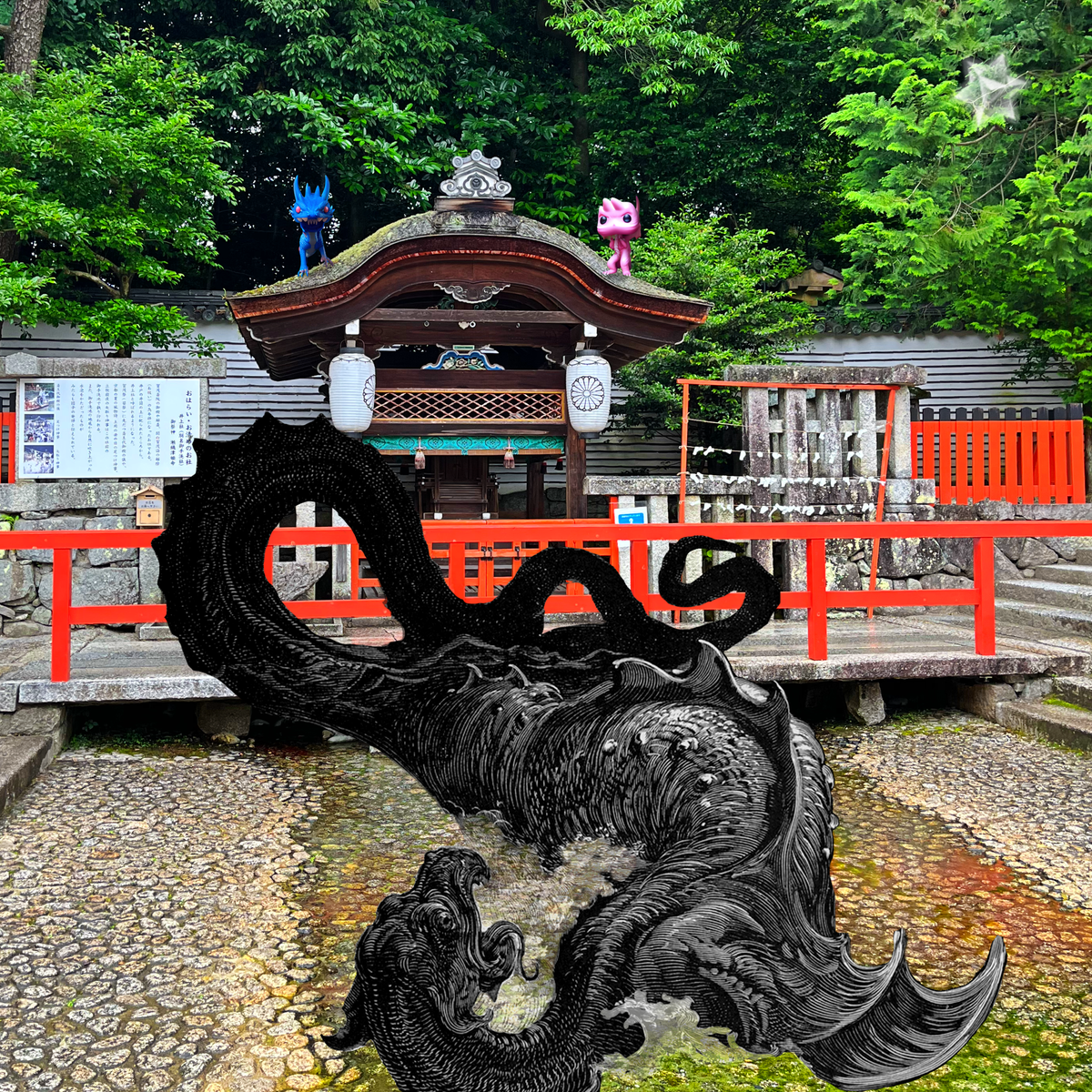
In our "Intro to Dragonology" article series we discussed the ancient Shinto concept of Musubi, both meaning to tie a knot (結び) and to birth a new spirit (産霊).
Musubi is commonly visually expressed in the use of Shimenawa (注連縄), sacred rope that resembles mating snakes. Shimenawa are used to designate shrines, areas, trees, rocks, and anything else as sacred.
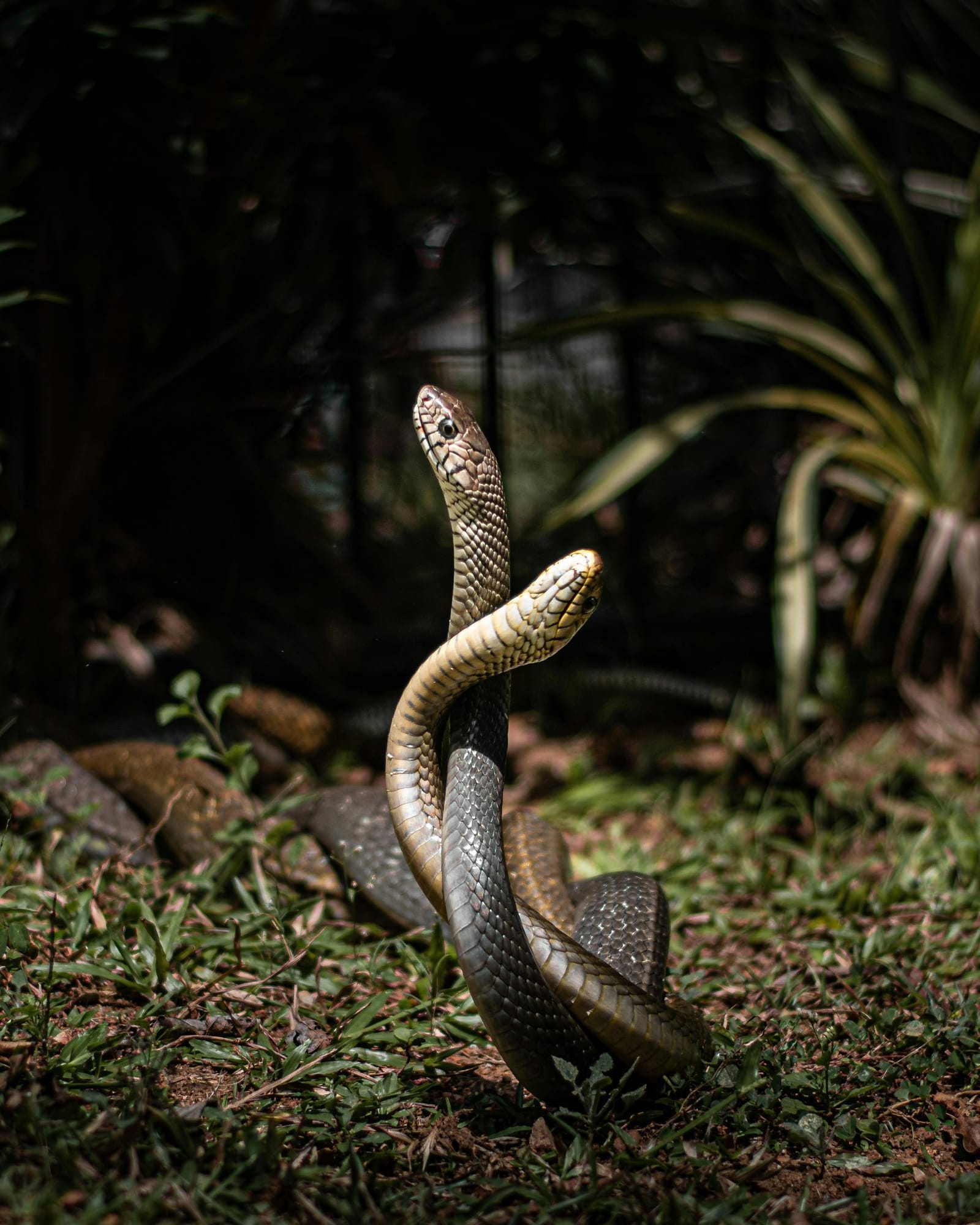
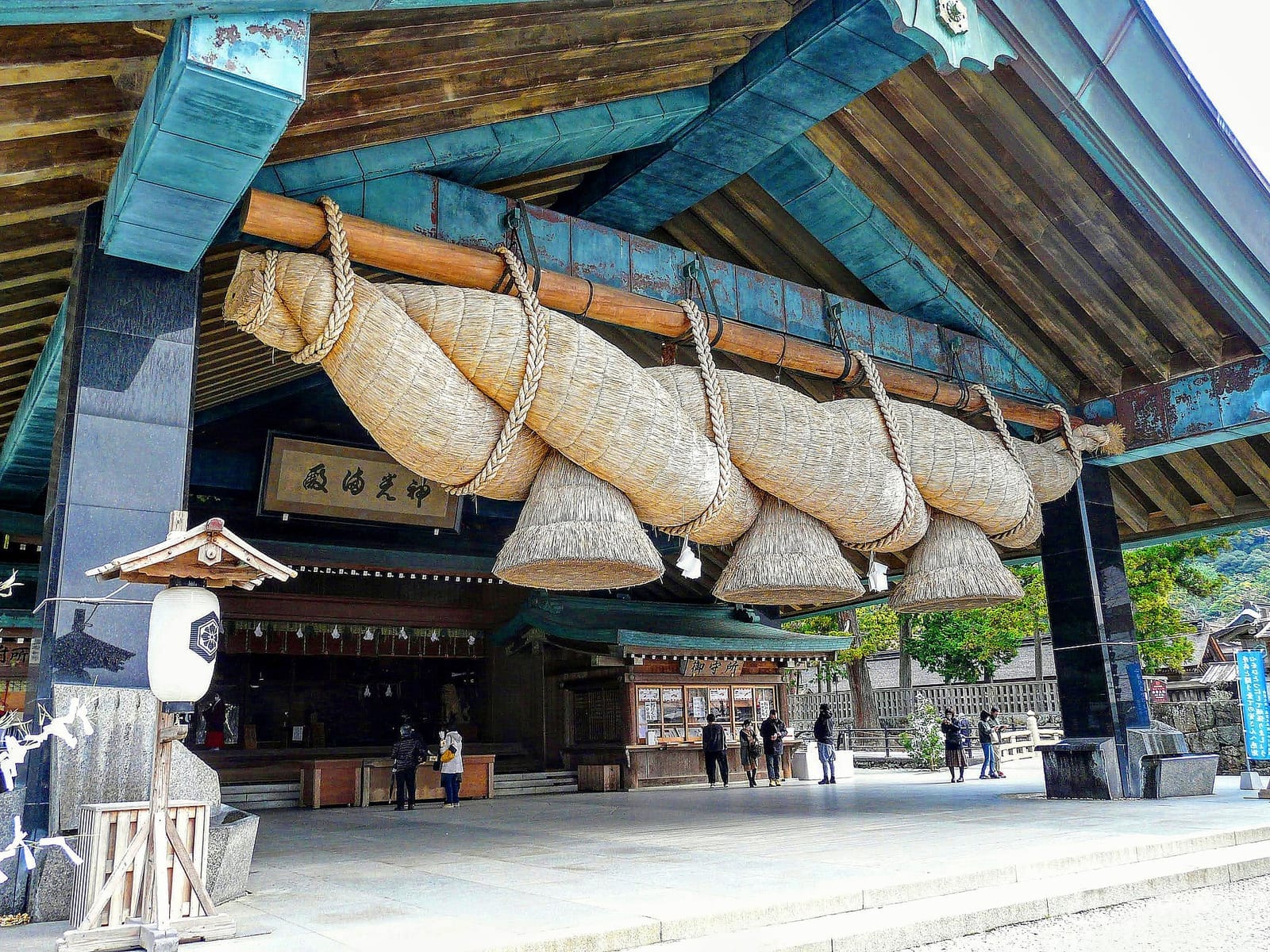
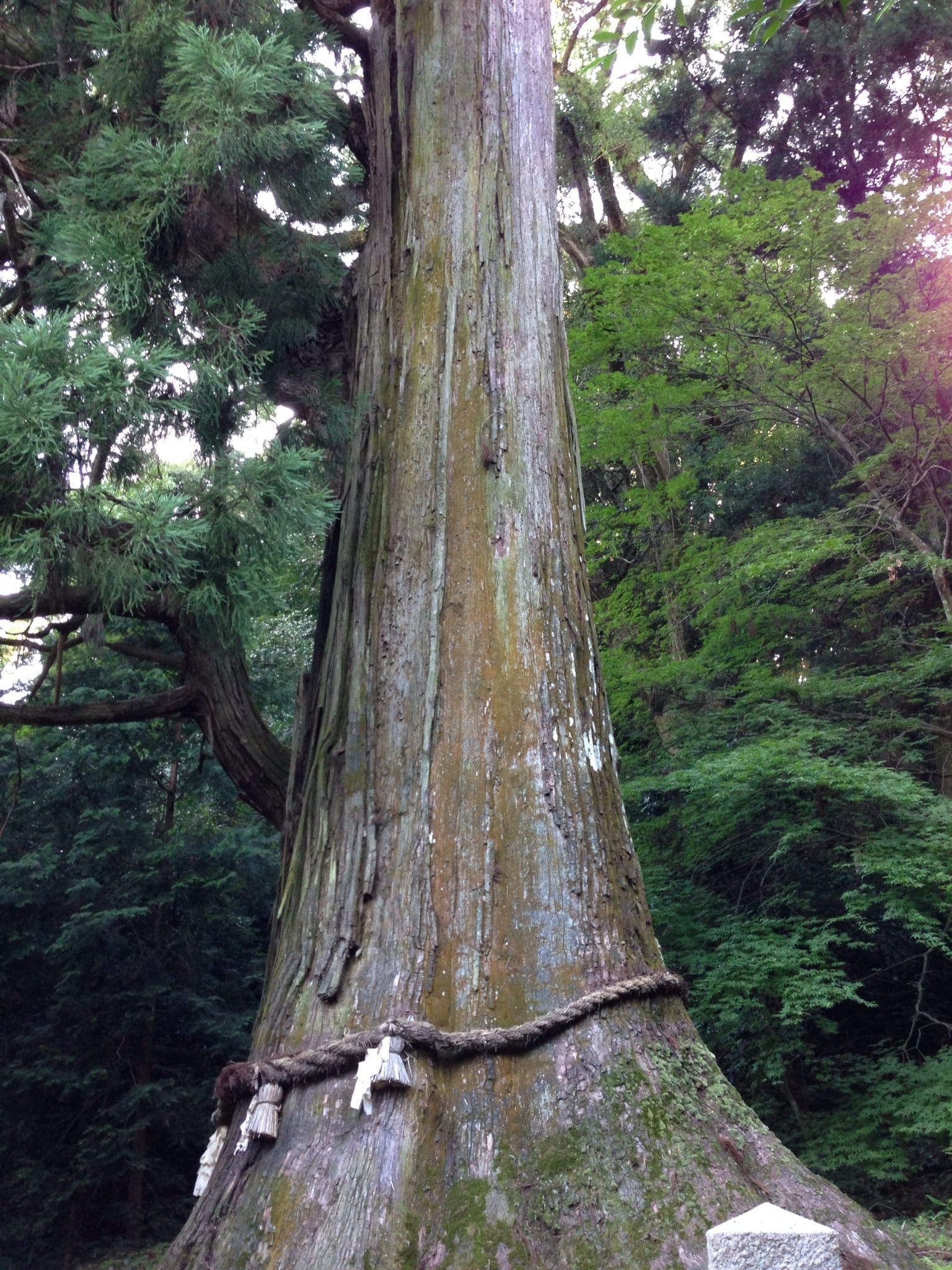
Our Dragonological understanding is that Musubi is the foundational structure of our Cosmos. This can be seen, for example, in the double helix pattern of DNA and the Kundalini pattern of the human energy field.
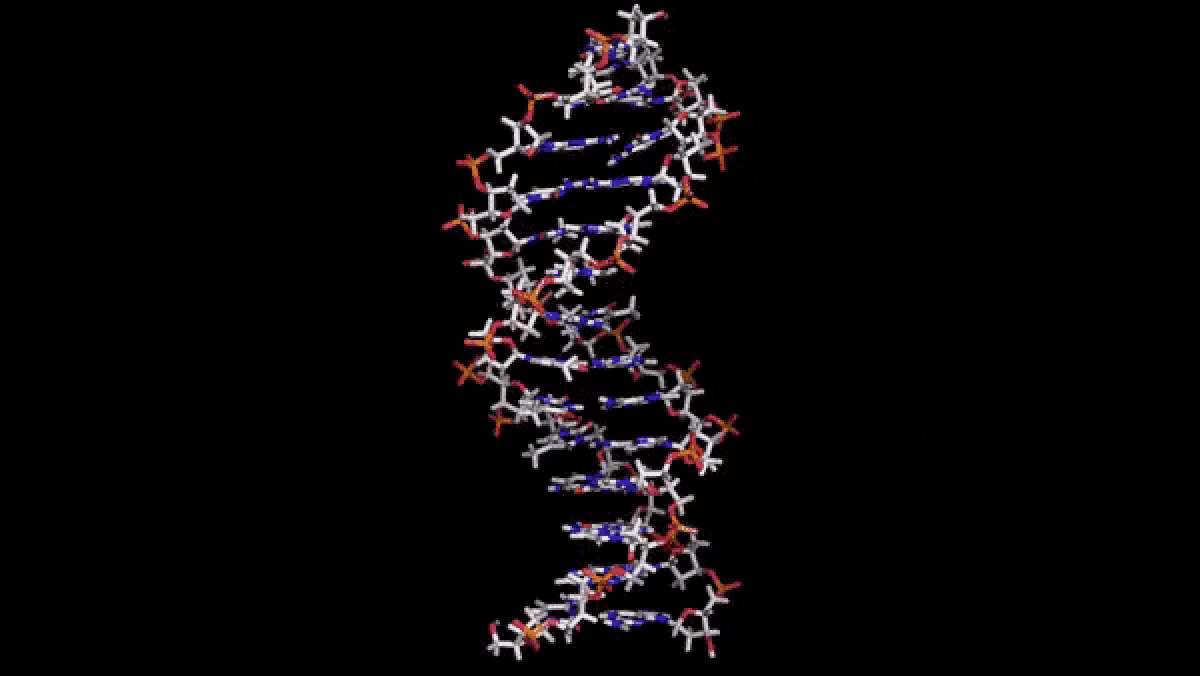
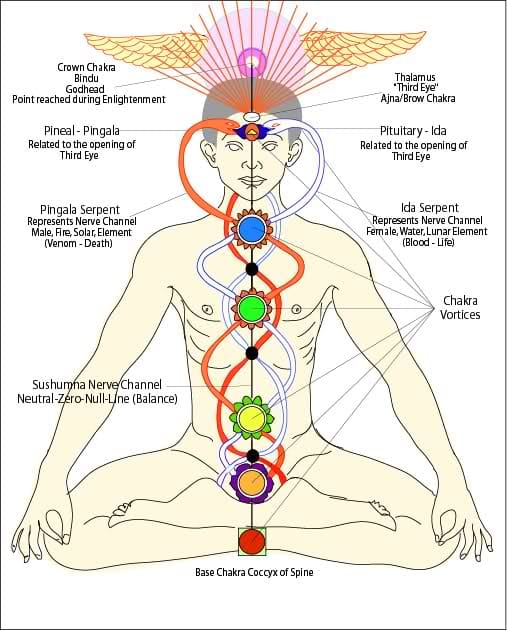
We believe that Musubi was the core concept of the lost spiritual science of our ancient Dragon shaman ancestors whose ancient and advanced civilizations were lost to a great global cataclysm. The remnants of this forgotten ritual knowledge exists in many cultures:
- The origins of the English phrase, "tying the knot", to indicate a marital union, goes back to the ancient Celtic ritual of "hand-fasting" that was used to mark engagement between prospect marital partners.
- Tantra, the South Asian methodology for energetic cultivation and sacred intimate union, means "to weave together" in Sanskrit.
- One of the main symbols of the Native American Lakota people is the "Kampeni", means "twisting", and depicts the braided union of Heaven and Earth.
- The Dagara people of Africa, according to Sobonfu Somé, understand that whenever a couple comes into union, a third being forms, that she refers to as "The Spirit of Intimacy" in her famous 1997 book.
- In Western alchemy, the achievement of alchemical completion is often symbolized as a "Great Hermaphrodite", a being who has resolved the opposition of the feminine and masculine aspects of themselves and is usually surrounded by undulating Serpents and Dragons. The term Hermaphrodite originates from the name of the bi-gendered child that was produced from the union of Hermes and Aphrodite and said to have been associated with the institution of marriage in ancient times.
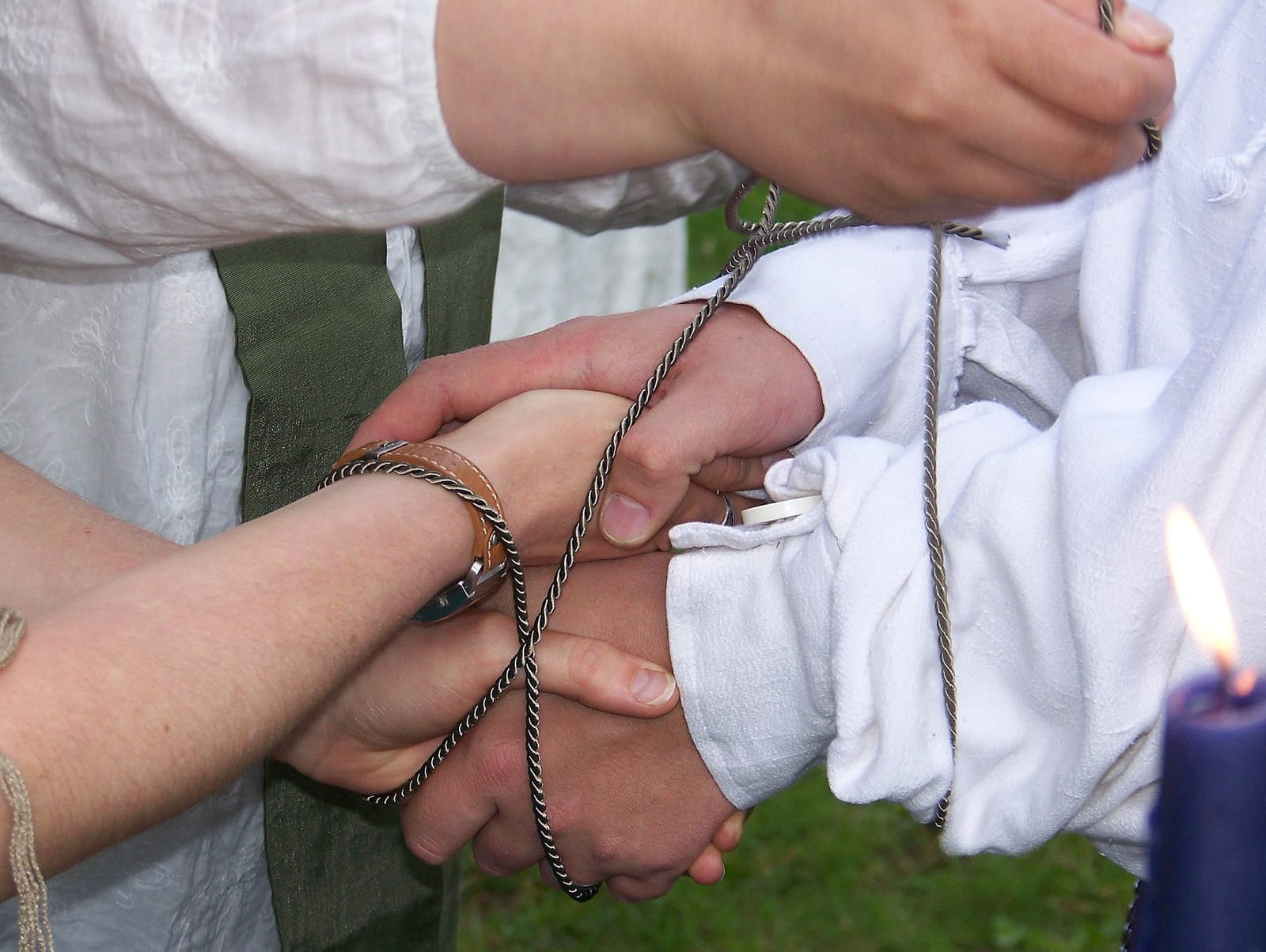
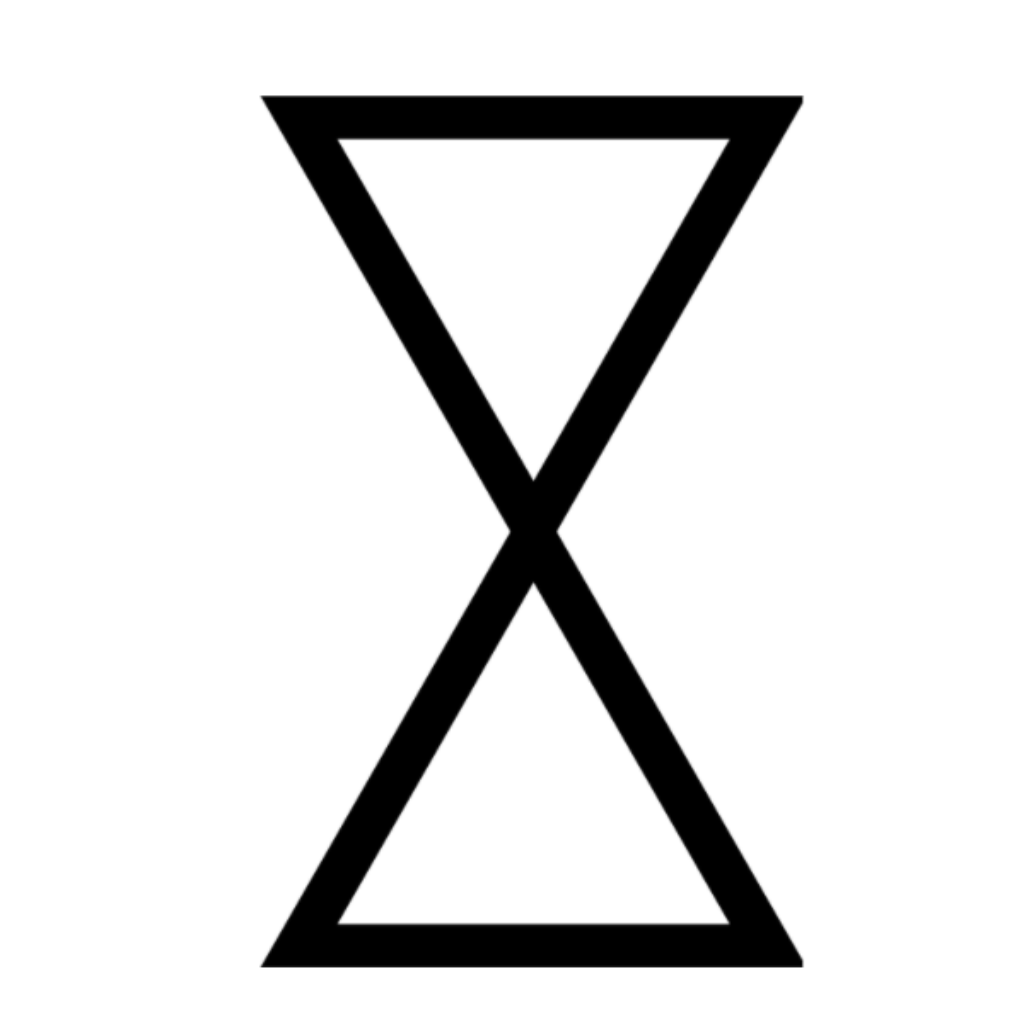
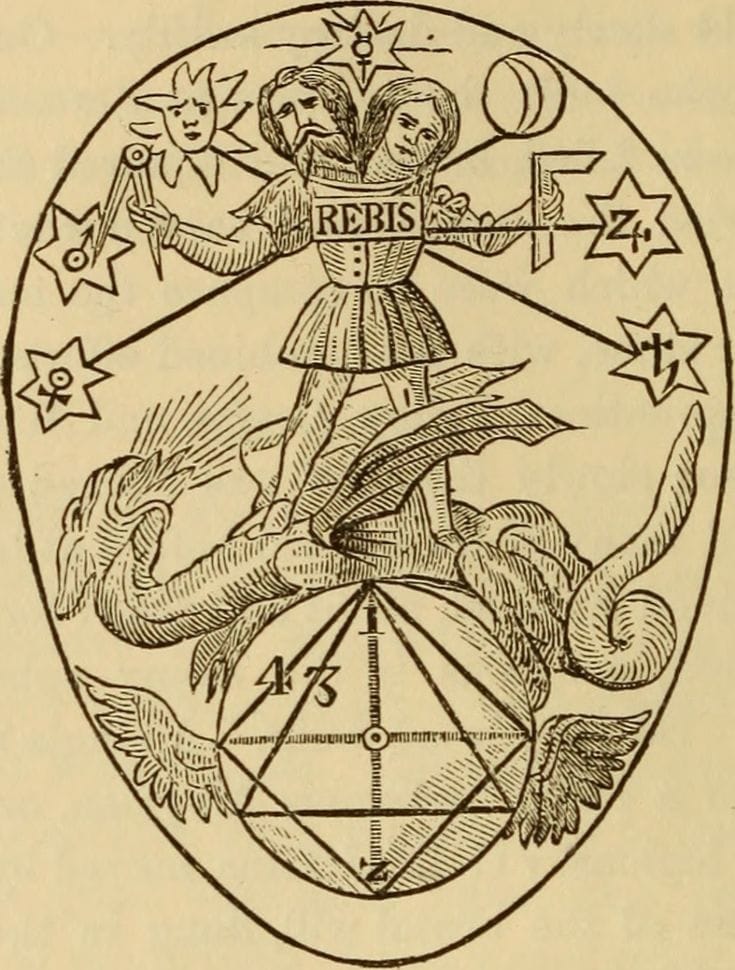
We believe that we have also found the hidden trace of Musubi, or marriage-by-intertwining-of-Dragons, to similarly exist in the spirituality of the ancient Hebrews.
This brings us to discuss one of the infamous Dragon of the Bible: the Leviathan, a serpentine sea monster representing the primordial chaos of the Cosmos.
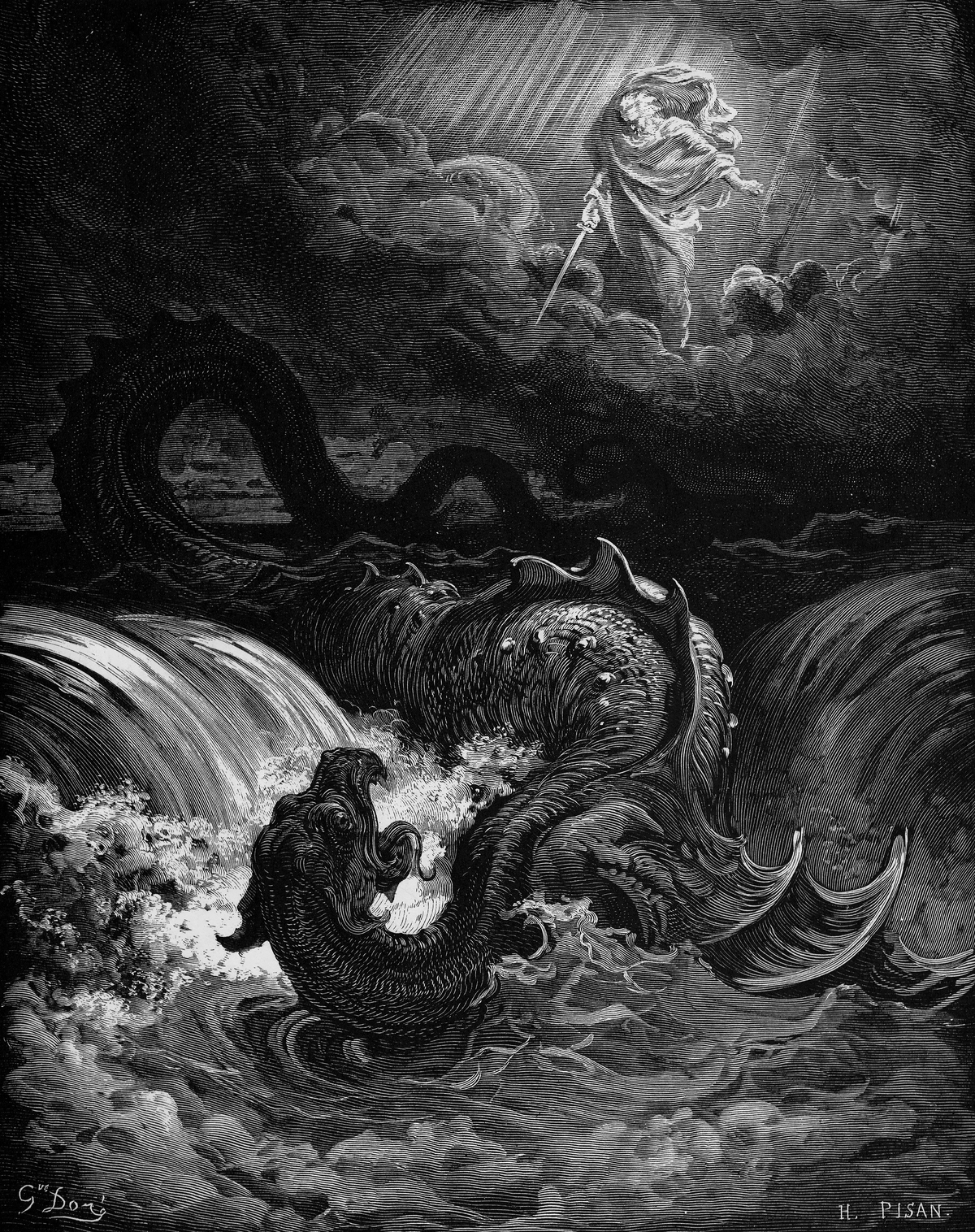
In the Book of Job, the Leviathan is described by God who claims it's terror is a demonstration of the creator's majesty over humans.
"Can you pull in Leviathan with a fishhook or tie down its tongue with a rope?
Can you put a cord through its nose or pierce its jaw with a hook?
Will it keep begging you for mercy? Will it speak to you with gentle words?
Will it make an agreement with you for you to take it as your slave for life?
Can you make a pet of it like a bird or put it on a leash for the young women in your house?
Will traders barter for it?
Will they divide it up among the merchants?
Can you fill its hide with harpoons or its head with fishing spears?
If you lay a hand on it, you will remember the struggle and never do it again!
Any hope of subduing it is false; the mere sight of it is overpowering.
No one is fierce enough to rouse it.
Who then is able to stand against me?
Who has a claim against me that I must pay?
Everything under heaven belongs to me."
Job 41:1 - 41:11
The etymology of Leviathan gives us deeper insight into what its obscured purpose is. "Levi" comes from the verb לוה (lawa), meaning "to join and/or twist" and can specifically indicate the act of joining the ends of two things through a circular motion. "Athan" part comes from the Hebrew, "Tannin", indicating a sea monster, dragon, reptile, alligator, or snake. Interpreting this etymology through the understanding that Shinto, which centers Musubi as its core ritual, majorly derives from the religion of the ancient Hebrews, reveals that the Leviathan was likely a Dragon deity seen to preside over relationships.
Backing this up is the fact that the exclusively designated priestly class of ancient Israel, claimed to be descendants of Moses's brother, the High Priest Aaron, were referred to as the Tribe of Levi. As we described in our article on the ancient Hebrew roots of the Japanese cherry blossom, in Exodus 7:10–11, Aaron famously transforms his wand into a snake in front of the Pharaoh. The Pharaoh calls on all of his magicians to turn their staffs into snakes but Aaron's serpent swallows them all. This indicates that working ritually with the serpent energy of the Leviathan was the essential work of the ancient Hebrew priestly class.
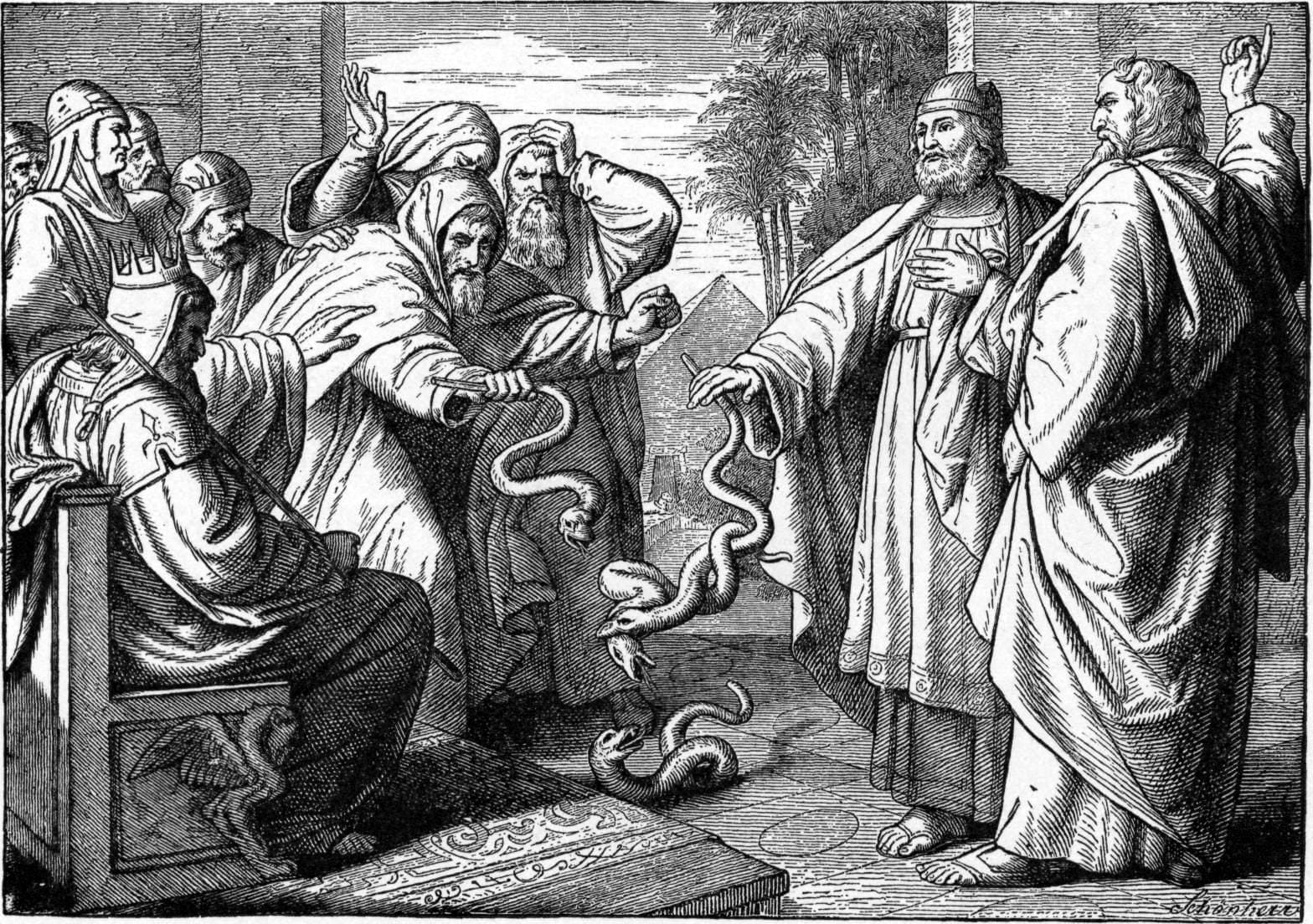
Further, when you look at the kingdom of the ancient Hebrews, you see that it was officially made up of 12 tribes who had their own lands. The 10 tribes to the North made up the kingdom of Israel and 2 tribes to the south made up the kingdom of Judah. The Tribe of Levi, were a 13th tribe who did not belong to any piece of land but had exclusive access to holy sites. It makes sense that the Tribe of Levi belonged everywhere and nowhere in ancient Israel if they were the ones responsible for the "joining" of Tribes.
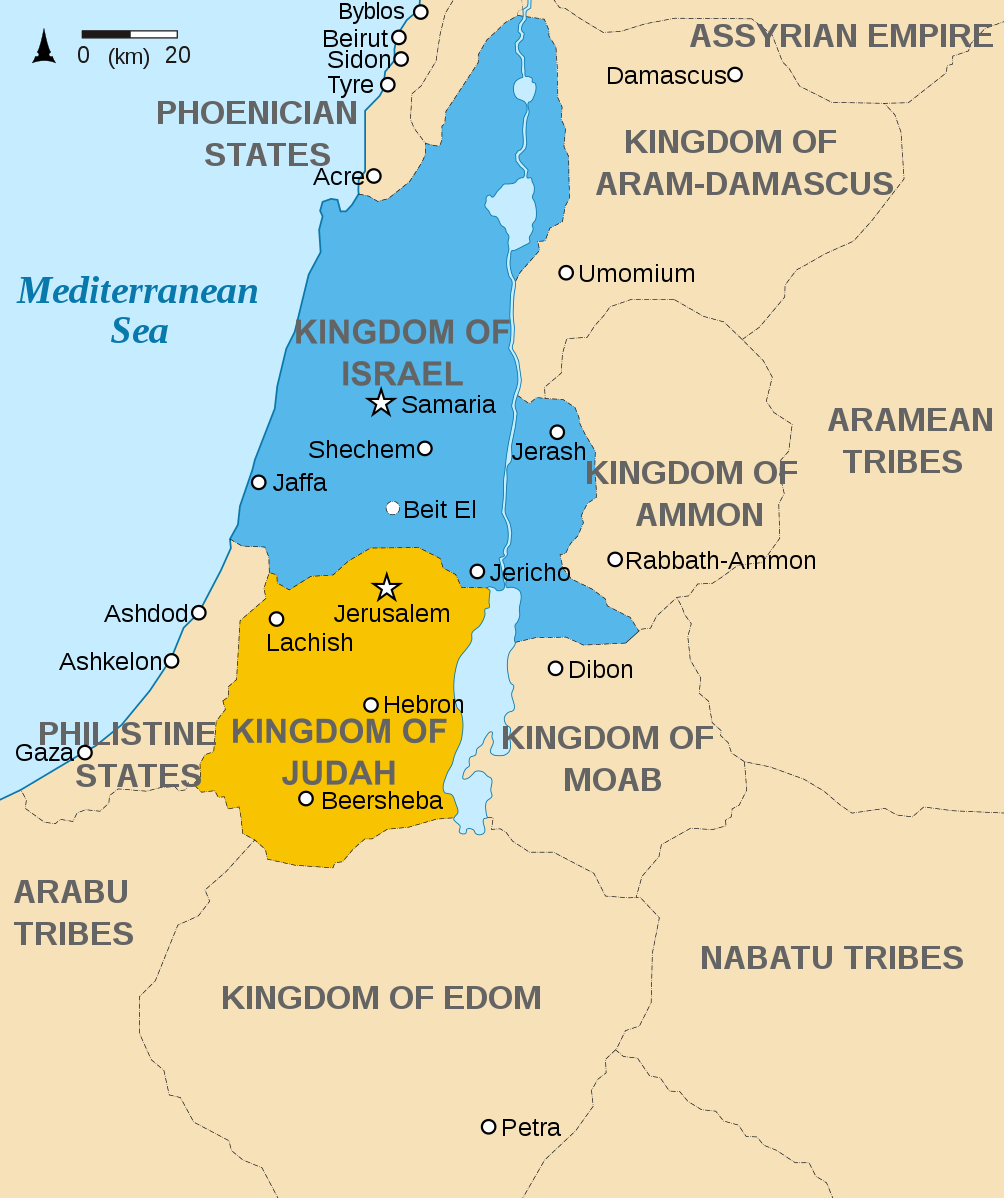
Tracing the mystery of Musubi in the traditions of the ancient Hebrews brings us to another question: if the joining of people with one another, especially through marriage, was considered an essential ritual act, then what was the spiritual role of women in ancient Israel, especially as the Dragon itself is commonly associated with the feminine force of the cosmos?
Rabbi Jill Hammer suggests that the answer to this may lie in the other sibling of Moses who bares the name of many canonical biblical heroines: Miriam (or Mary). She is introduced in Exodus as a prophet.
Then Miriam the prophet, Aaron’s sister, took a timbrel in her hand, and all the women followed her, with timbrels and dancing.
Exodus 15:20
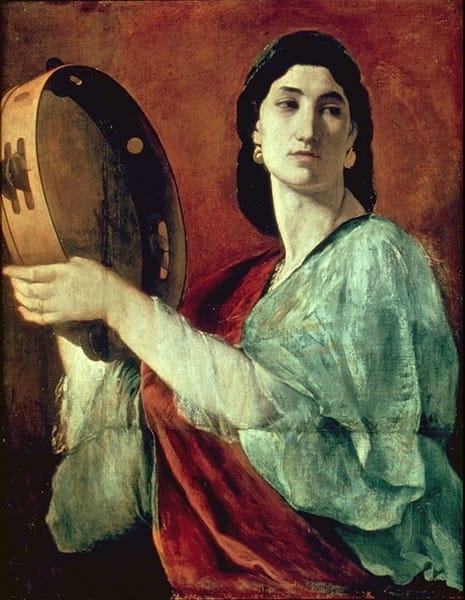
According to Hammer, Miriam's use of a tambourine like drum, reinforces her role as a community leader that conducts rituals by leading women in song and dance. Hammer further points out that the heraldic title for Miriam may have once been Miriam the Levite. Related, Mother Mary's mother is said to come from the Tribe of Levi, hinting that there was a matrilineal lineage of shamanesses in the culture of the ancient Hebrews.
The validation for there being a suppressed history of Hebrew female spiritual leaders may be found in Shinto itself. Many researchers of Japanese spirituality, including Akio Asuka, claim that the Kamo clan (賀茂氏), who are in charge of conducting all rituals surrounding the Japanese emperor, in fact belong to the Tribe of Levi, as indicated by their exclusive priestly role.
The Kamo clan are stationed at two shrines in Kyoto, Kamigamo Shrine (上賀茂神社) and Shimogamo Shrine (下鴨神社), both situated along the Kamo river (鴨川) that runs through Kyoto, which is obviously named after the clan.

Every year, on May 15th, the two shrines jointly conduct the Aoi Festival (葵祭). This festival was so crucial to the spirituality of old Kyoto that when people use to say "festival" it meant Aoi Festival. The pinnacle ritual of the festival is a cleansing rite performed at Mitarai Shrine (御手洗社), a sub-shrine of Shimogamo Shrine that sits atop a small stream that runs into the Kamo river, by a priestess-princess referred to as the Sai-o (斎王・Queen of Rituals), who was chosen from the imperial family to serve the Kamo Shrines.
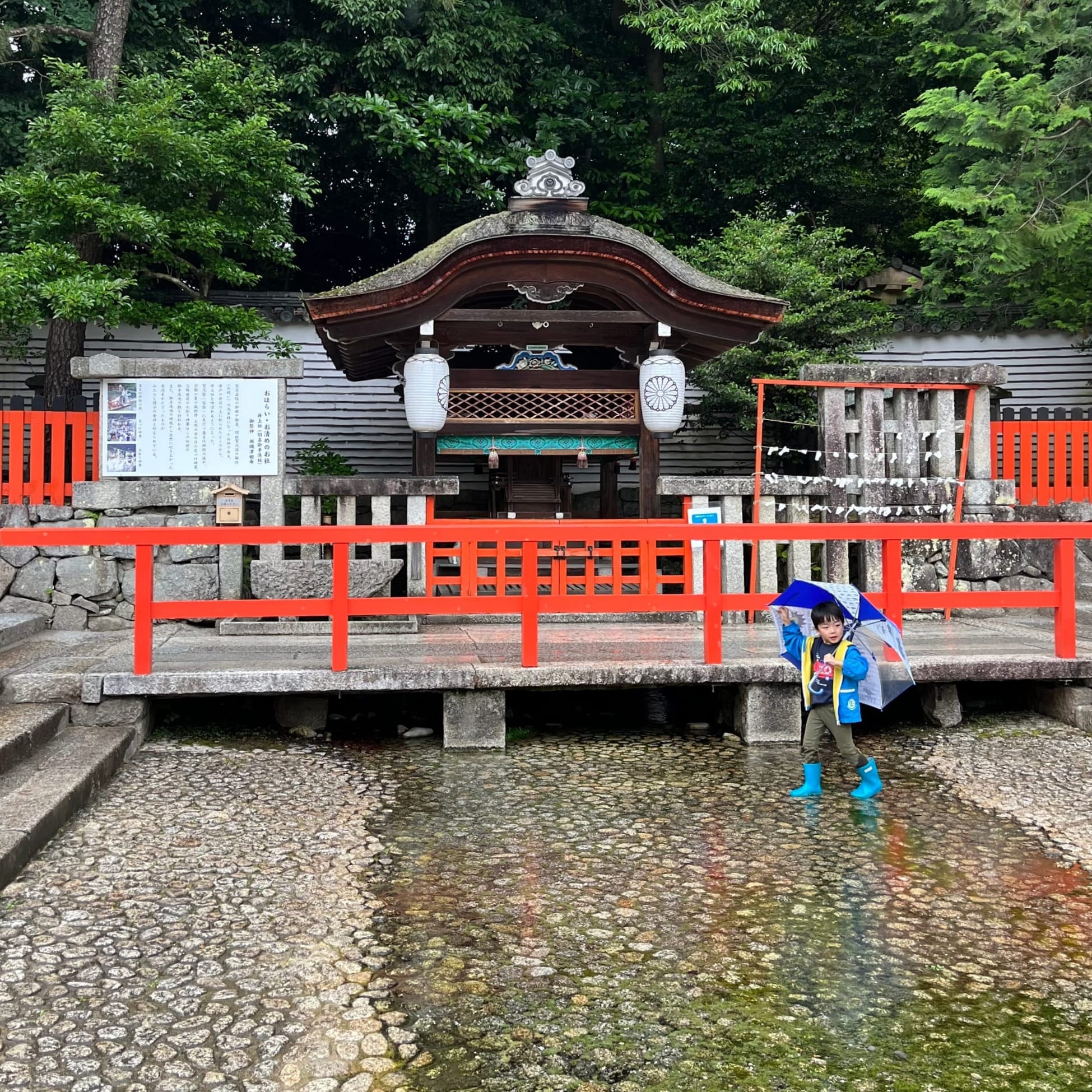
In modern times, it has become a custom for this ritual to be carried out by a deputy priestess-princess or Sai-o-dai(斎王代) who is selected from a prestigious Kyoto family. This selection is considered the highest honor and rumoured to cost the family of the Sai-o-dai upwards of 20 million yen (~$170,000USD).
Cleaning ceremony from the 2024 Aoi Festival. We unfortunately missed the festival due to matters of our immaturity and plan to ensure we attend the festival in 2025 🙇🏻♀️🙇🏻.
Mitari Shrine also holds Mitarai Festival at the end of July that allows visitors to cleanse themselves in its waters.
One of the most important preparatory rites of the Aoi Festival, is a ritual called Miare-Shinji (御生れ神事), or Mikage Festival (御蔭祭). For this ritual, the spirit of Kami that has manifested itself in a designated sacred tree at the base of Mount Hiei (比叡山) is transferred to sakaki (榊), consecrated branches of Cleyera japonica, and brought to Shimogamo Shrine for the main rite.
Miare Shinji at Mikage Shrine (御蔭神社).
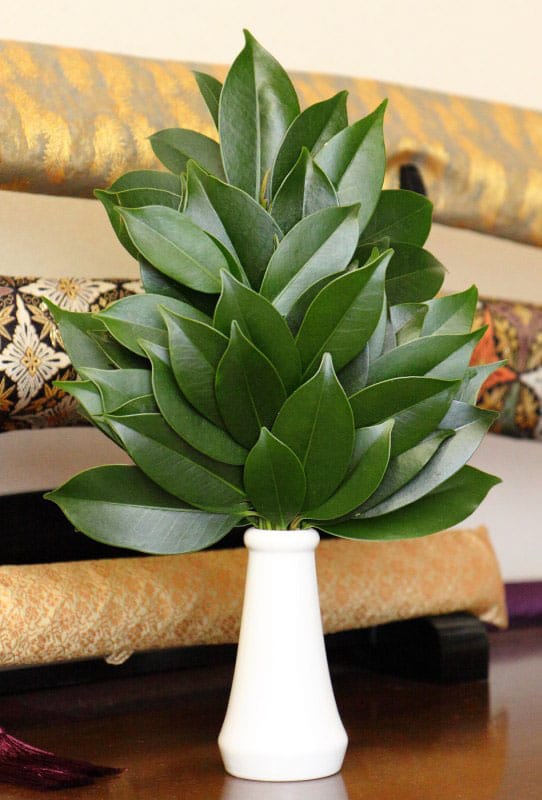
Based on all the etymological connections between ancient Israel and Kyoto, it is quite possible that "miare (御生れ)", meaning "birth of Kami", also refers to Miriam or Mary. This is especially more likely when we consider that in ancient Israel, the Serpent Goddess of the Sea, Asherah, was also understood to reside in trees. It was a common practice for poles of Asherah to be erected at sacred sites to indicate her as the consort of the Canaanite El, and later, Yahweh. Fittingly, the Japanese word for pole or pillar is "hashira (柱)", and Kami themselves are counted as hashira.
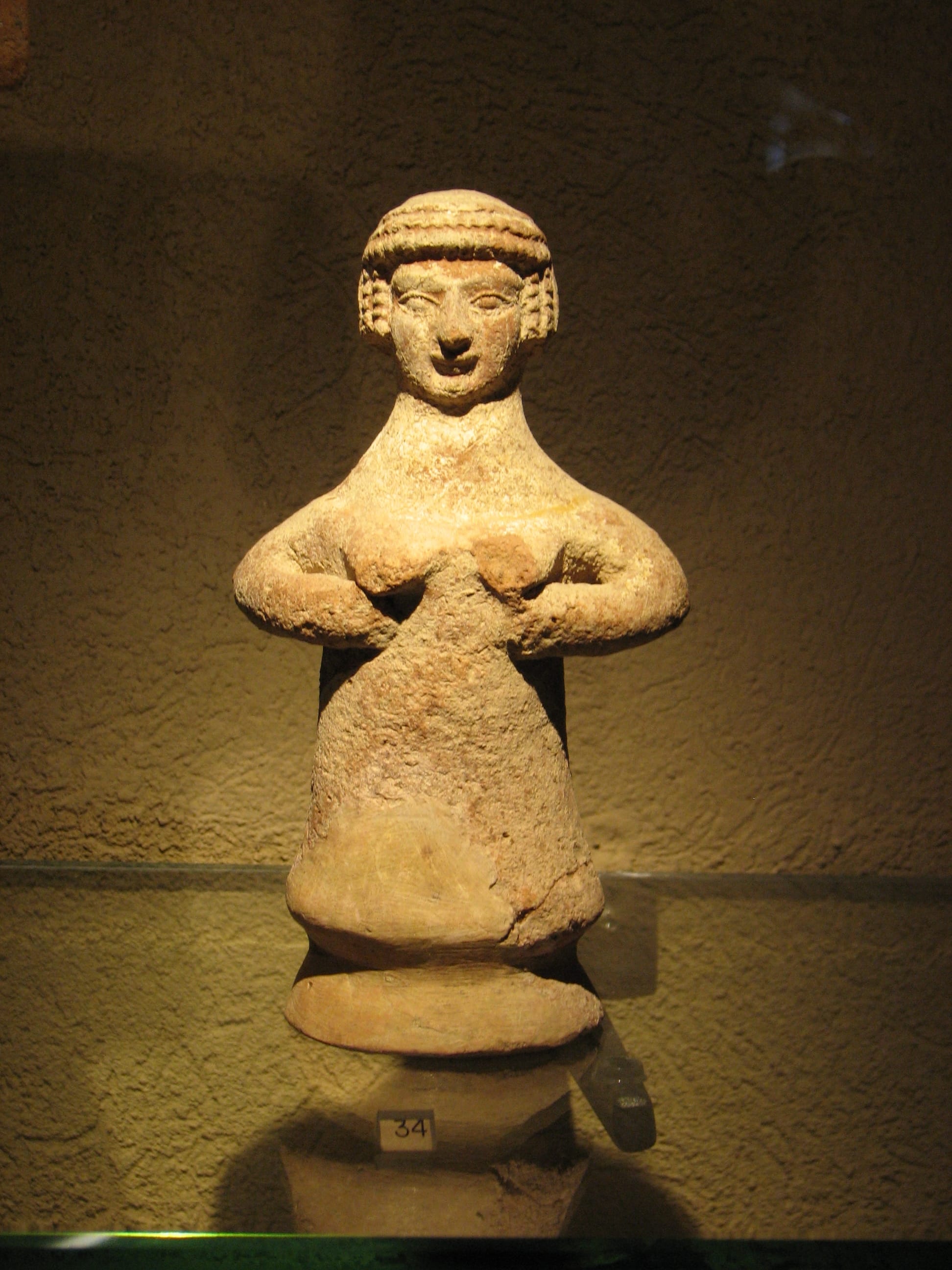
As you can see, understanding the roots of Shinto in ancient Israel may shed some light on what the matrilineal and matriarchal aspects of Hebrew and Near Eastern spirituality was like.
Our hope is that, as humanity enters the Age of Water, the coming disclosures on the secret connections between the ancient Near East and Japan help us remember that all of our spiritualities were once one and welcome the return of the Mother, so that peace may be brought back to our troubled planet.
BECOME A MEMBER TO ACCESS EXCLUSIVE CONTENT, GROUP CALLS AND MORE!
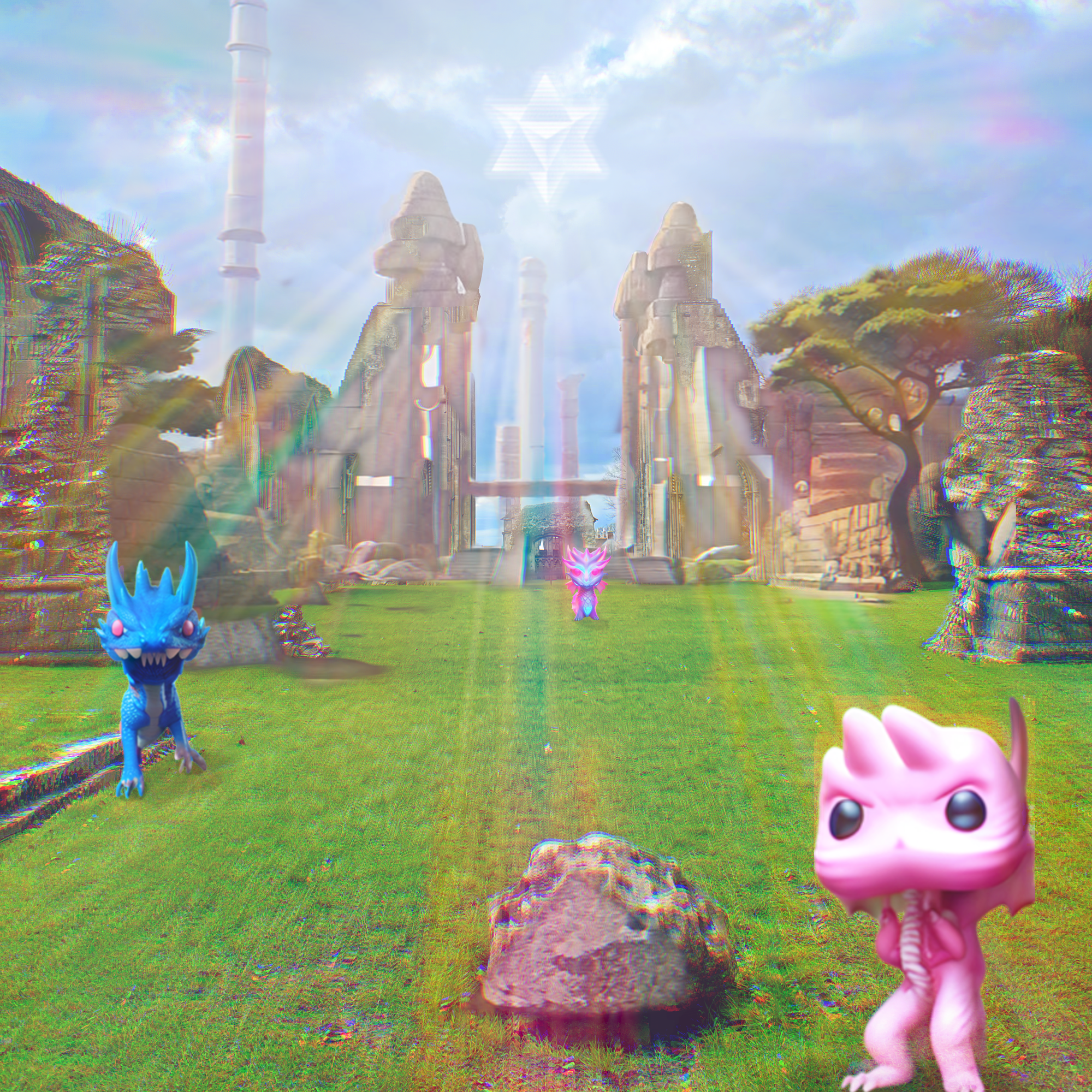
Want to learn ancient ancient Dragon secrets and "Ride the Dragon" with us toward the coming Dragon Utopia?
Become a "LUNMURIAN" to access:
🐲 Members only content (incl. secrets not ready for public)
🐲 Members only video calls
🐲 Members only discussion threads
🐲 Dragon Energy attunement




![[Special Lecture] Healing Satanic Ritual Abuse & Animism](/content/images/size/w600/2025/12/sra-a11.jpg)